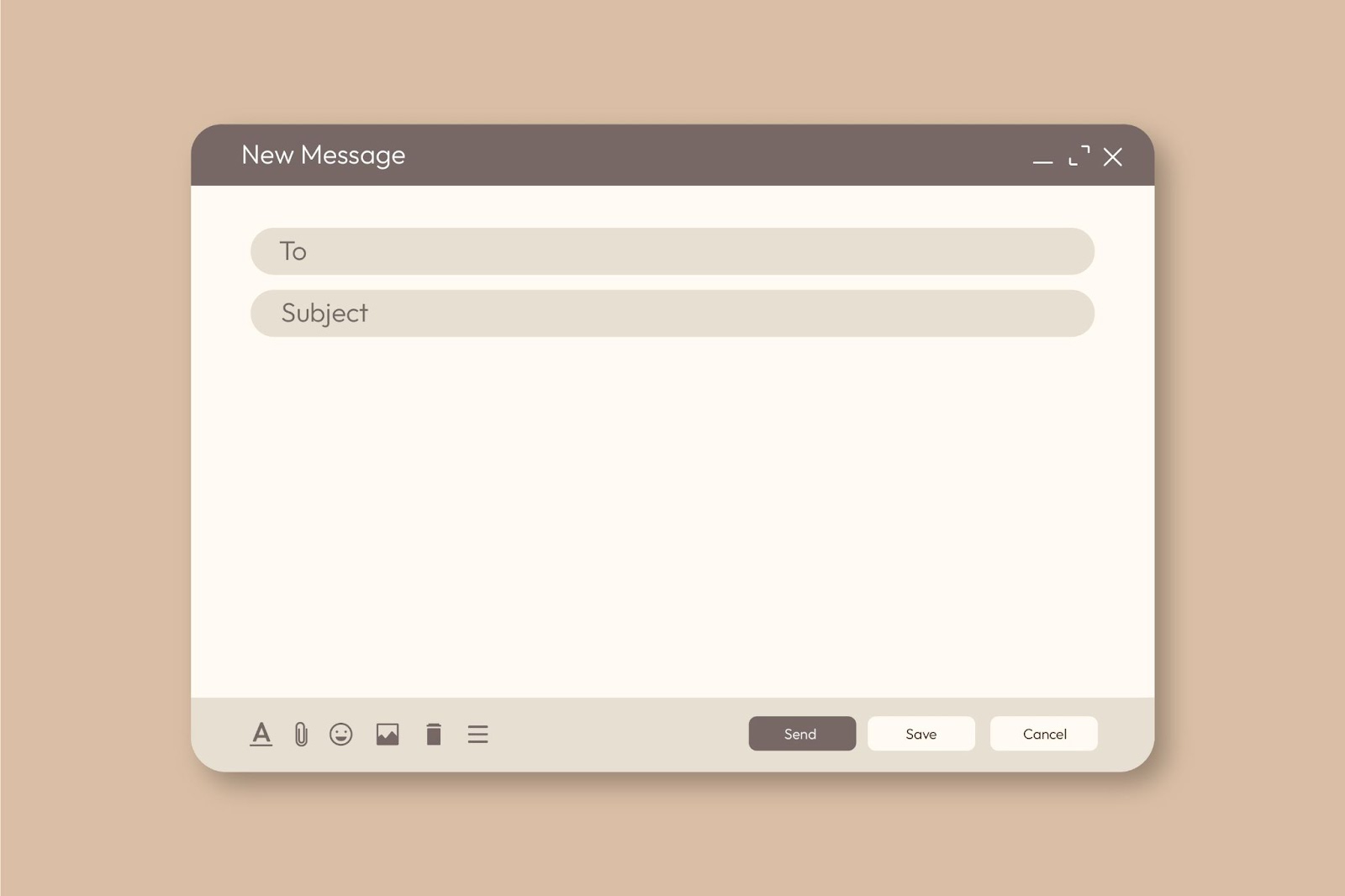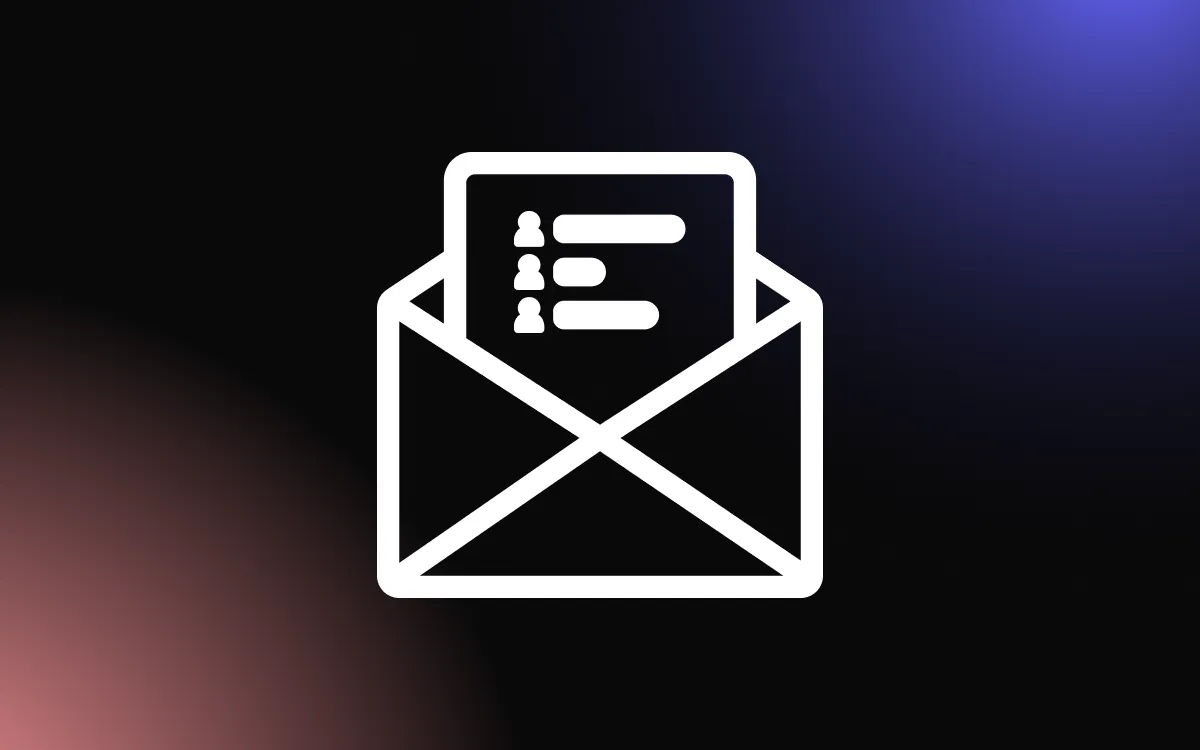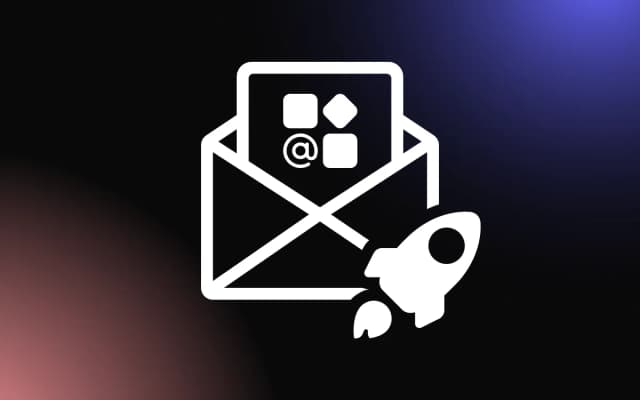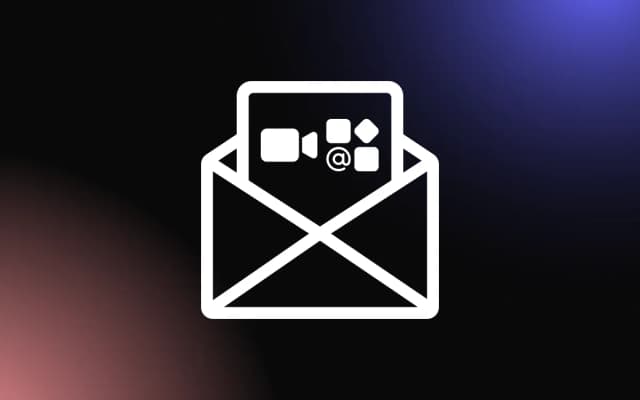
Email marketing remains a powerful tool for businesses, but standing out in crowded inboxes requires creativity and interactivity. By incorporating widgets directly into your emails, you can transform static messages into dynamic, engaging experiences that captivate recipients and encourage action.
From polls and surveys to countdown timers and product carousels, widgets provide opportunities to personalize and enrich your email content.
This article will explore the benefits of using widgets in your email marketing, demonstrating how they can enhance engagement, increase click-through rates, and drive conversions.
Introduction to Email Widgets
Email widgets are interactive elements embedded within emails, designed to enhance user engagement and provide a more dynamic experience. These tools allow marketers to create personalized and interactive email campaigns, boosting open and click-through rates.
Defining Email Widgets
Email widgets are small, functional components integrated into the body of an email that allow recipients to interact directly with the content. Examples include product carousels, polls, countdown timers, and interactive buttons.
These widgets transform static emails into engaging experiences, encouraging users to take action without needing to leave their inboxes.
Overview of Their Use in Marketing
Marketers use email widgets to create more personalized, engaging campaigns that stand out in crowded inboxes.
Widgets can provide tailored product recommendations, collect feedback through surveys, or display real-time information like flash sale countdowns.
By integrating these elements, businesses can increase interaction rates and conversion opportunities, making their email marketing efforts more effective and engaging.
Enhancing Personalization with Widgets
Personalizing email campaigns is crucial for boosting engagement, and widgets play a key role in delivering tailored experiences.
Using dynamic content widgets, user-specific recommendations, and customized offers, marketers can create highly relevant and interactive emails that drive conversions and foster customer loyalty.
Dynamic Content Widgets for Tailored Messages
Dynamic content widgets allow marketers to create personalized email content that adapts based on user data and behavior.
These widgets can display different messages, images, or offers depending on the recipient’s location, time of email open, or past interactions.
For example, a weather-based widget might show seasonal products based on the recipient’s local forecast, or a countdown timer can adjust based on time zones, creating urgency for limited-time offers.
By using dynamic widgets, marketers ensure that each email feels personalized and timely, enhancing relevance and engagement.
User-Specific Recommendations
Product recommendation widgets are an effective way to leverage user data and preferences for personalized marketing. These widgets analyze a user’s browsing history, past purchases, or even abandoned cart items to suggest products that align with their interests.
For instance, if a customer has recently viewed outdoor gear, a recommendation widget might highlight related items like hiking boots or tents.
By showing products tailored to individual preferences, marketers increase the likelihood of clicks and purchases, enhancing the overall shopping experience.
Customizing Offers Based on User Data
Customizing offers and discounts based on user data is another powerful way to increase engagement through widgets.
Personalized discount widgets can display exclusive offers based on a user’s purchase history or loyalty status, such as “10% off your next order” for returning customers or “Exclusive VIP Sale” for members. These targeted incentives make customers feel valued, encouraging them to act on the offers.
By tailoring discounts and special deals, businesses can increase customer retention and drive sales effectively.
Increasing Interaction and Engagement
Email widgets are powerful tools for increasing user interaction and engagement. Incorporating elements like interactive polls and surveys, call-to-action widgets, and social media sharing buttons into email campaigns can make them more dynamic and effective, encouraging users to actively engage with the content.
Interactive Polls and Surveys
Polls and surveys are excellent ways to gather insights from your audience while increasing interaction. Email widgets for polls and surveys allow recipients to respond directly within the email, making the experience seamless and user-friendly.
For instance, a survey widget might ask for feedback on a recent purchase or customer service interaction, while a poll could gauge interest in upcoming product releases or services.
These interactive elements not only engage users but also provide valuable data that can be used to tailor future marketing efforts, improving customer satisfaction and targeting.
Call-to-Action Widgets
Call-to-action (CTA) widgets are designed to drive specific actions, such as making a purchase, registering for an event, or signing up for a newsletter.
By making CTAs interactive and visually appealing—such as buttons that change color or animate when hovered over—marketers can capture attention and motivate users to take immediate action. Examples include “Shop Now” buttons linked to featured products or “RSVP” buttons for upcoming events.
These widgets help simplify the user journey, reducing the number of steps required for conversion and increasing overall engagement.
Social Media Sharing Buttons
Social media sharing widgets embedded in emails encourage users to share content directly to their social networks, expanding the campaign’s reach. These buttons can be customized to highlight specific platforms like Facebook, Instagram, or LinkedIn, depending on where the target audience is most active.
For instance, after showcasing a product or sharing a blog post, including social sharing buttons allows users to quickly spread the word, turning email recipients into brand advocates. This not only increases engagement but also boosts brand visibility and online traffic.
Improving Conversion Rates
To maximize email campaign effectiveness and boost conversion rates, incorporating widgets that create a sense of urgency and showcase live product availability can be highly effective. These elements encourage users to act quickly and make informed purchasing decisions.
Countdown Timers for Urgency
Countdown timers are a powerful tool for creating urgency and motivating recipients to act promptly.
By displaying a real-time countdown for a limited-time offer, flash sale, or event, these widgets visually remind users that time is running out, prompting them to make quick decisions.
For example, an email promoting a “24-hour flash sale” with a countdown timer reinforces the urgency and encourages immediate purchases. This strategy leverages the psychological effect of scarcity, leading to increased click-through rates and conversions. Countdown timers are particularly effective for e-commerce promotions, webinars, or event registrations.
Live Product Stock Widgets
Live product stock widgets inform customers about the availability of items in real-time, creating a sense of urgency and exclusivity. By displaying messages like “Only 5 left in stock” or “Low inventory,” these widgets encourage users to act quickly before the product sells out.
This approach taps into the fear of missing out (FOMO), driving impulse purchases. Live stock widgets are especially useful for highlighting popular products or limited-edition items.
Additionally, seeing current stock levels gives customers confidence in product availability, reducing hesitation and increasing the likelihood of conversion.
Tracking and Analytics Enhancements
Integrating tracking and analytics widgets into email campaigns provides valuable insights into user behavior and campaign performance. These tools help marketers gather real-time feedback and monitor key performance metrics, allowing for data-driven decision-making and optimization.
Widgets for Real-Time Feedback
Real-time feedback widgets, such as survey or poll widgets embedded within emails, enable marketers to gather instant insights from recipients.
For example, asking customers to rate a product or service immediately after purchase allows brands to collect feedback while the experience is fresh. This real-time data can be used to measure customer satisfaction, identify pain points, and make immediate adjustments to improve offerings.
Additionally, real-time feedback enhances engagement, as users feel their opinions are valued and responded to promptly.
Performance Tracking Tools
Performance tracking widgets, such as those that monitor click-through rates (CTR) and open rates, provide crucial data for evaluating email campaign effectiveness.
By integrating tools like Google Analytics or built-in email marketing platforms (e.g., Mailchimp or HubSpot), marketers can track user interactions with specific widgets, such as CTAs or product carousels.
These insights help identify what resonates with the audience, allowing for strategic adjustments and continuous optimization to improve future campaigns and maximize results.
Conclusion
In conclusion, using widgets in your email marketing campaigns is a highly effective strategy for boosting engagement and creating more interactive and personalized experiences. This article has highlighted the various benefits, such as increased click-through rates, enhanced user interaction, and improved conversion rates, that come from integrating dynamic widgets into your emails.
By leveraging these tools, you can transform your email marketing efforts, ensuring that your messages stand out and deliver greater value to your audience. Incorporating widgets into your strategy is a powerful way to make your email marketing more impactful and successful.


